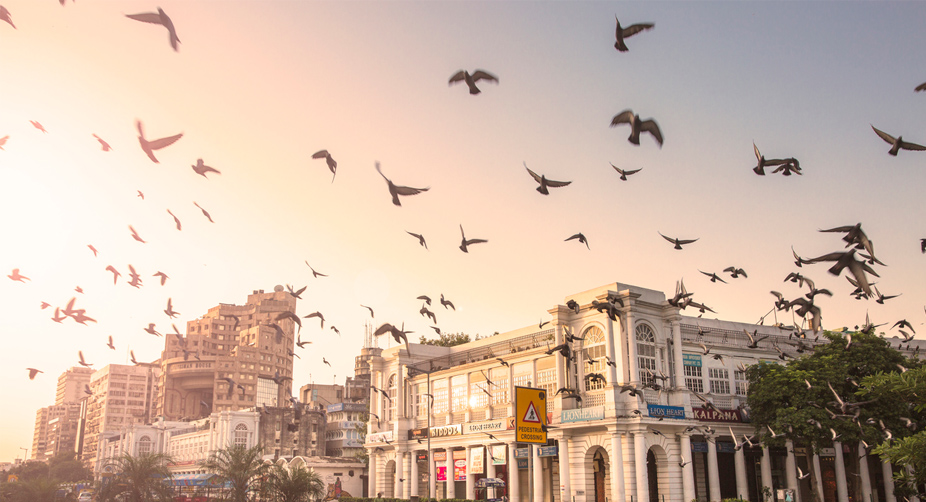Drunk riders fall off flyover in Delhi
A tragic accident occurred on Geeta Colony flyover, resulting in one fatality and another person sustaining serious injuries, police said on Sunday.

Representational Image (Photo: Getty Images)
Delhi is witnessing a design of parks that is ecologically dead with no life forms.
By redesigning the parks we can bring back many bird species that are not seen frequently. A combination of native trees, bushes, climbers and local grass varieties can immensely help this process. Habitat ecology should be adopted by making even small green patches interactive. A complete overhaul of horticultural practices is needed. More than 25 per cent of the birds of Delhi are migratory.
As non-residents, they visit the city during specific times of the year, both to escape unsuitable weather and to ensure species survival. But trees in Delhi are heavily lopped at different times of the year, especially in winter, so that birds find no shelter from cold on denuded trees.
Of the total world bird species of 9956, India harbours around 1200-1300 of them. As a mega diversity centre India has a great responsibility in maintaining this diversity. It might come as a surprise that Delhi has nearly 250-300 species of birds. Sadly, the situation for birds in the Capital is deteriorating. There has been much concern regarding the dwindling number of sparrows in the national capital. So much so, that the house sparrow has been accorded the status of the State bird of Delhi. However, the fact is that many other birds that were regularly seen in Delhi are no longer found here. But this need not come as a surprise. Habitat modification accompanied by various other factors such as severe air pollution, highly polluted river, mobile towers and many other factors have affected the bird population in general. Wetlands have been lost almost completely and the natural drains feeding into the river have been altered drastically.
Advertisement
The number of migratory birds visiting Delhi has also shown a sharp decline. The Yellow vented bulbul and the White vented bulbul are no longer seen in Delhi. Bushes and creepers that are ideal nesting sites for them are not seen in any parks. Parks in Delhi are being planted almost exclusively with Ashoka trees and palm species. These are not suitable for most birds. Bush birds have to hide their nests in thick foliage so that prey birds do not notice them. Similarly ground nesting birds like partridges and peacocks need ground cover to conceal their eggs. But when the undergrowth is cleared and planted with exotic grass that is mowed regularly, the ground nesting birds are threatened. Nectar-feeding birds do not find nectar yielding flowers. Fruit and fig-feeding birds are also at great risk. Insects are found among wild grasses and reeds. In their absence birds like sparrows that are insect-eaters are at a disadvantage. Kingfishers need water bodies and perches to hunt fish. Water bodies in many parks have all been drained and planted with grasses. Instead fountains are installed that only waste water and are ideal grounds for breeding of mosquitoes. All birds need proper feeding, roosting and nesting habitats. These are to be provided by the natural and/or the built-up space in a city. The ridge and the parks and gardens of Delhi play a vital role in supporting bird diversity. Water bodies for water birds are equally important.
Advertisement
Unfortunately, over the years most parks and gardens in Delhi have lost their original form and have been heavily manicured with ornamental plantations. Huge budgets are allotted for the maintenance of these parks and gardens. They have been designed to provide the much needed space for rest and relaxation for the residents.Other life forms such as birds have not received any attention. If one takes a walk in these parks, there is hardly any bird call that is heard except for crows and mynahs. The blue rock pigeon has adapted to the constructed spaces of buildings.These three bird species dominate the city space. But this need not be so. By making small design modifications, these parks and gardens can be made more bird friendly.
(The writer is Principal, Zakir Husain Delhi College, Delhi University.)
Advertisement